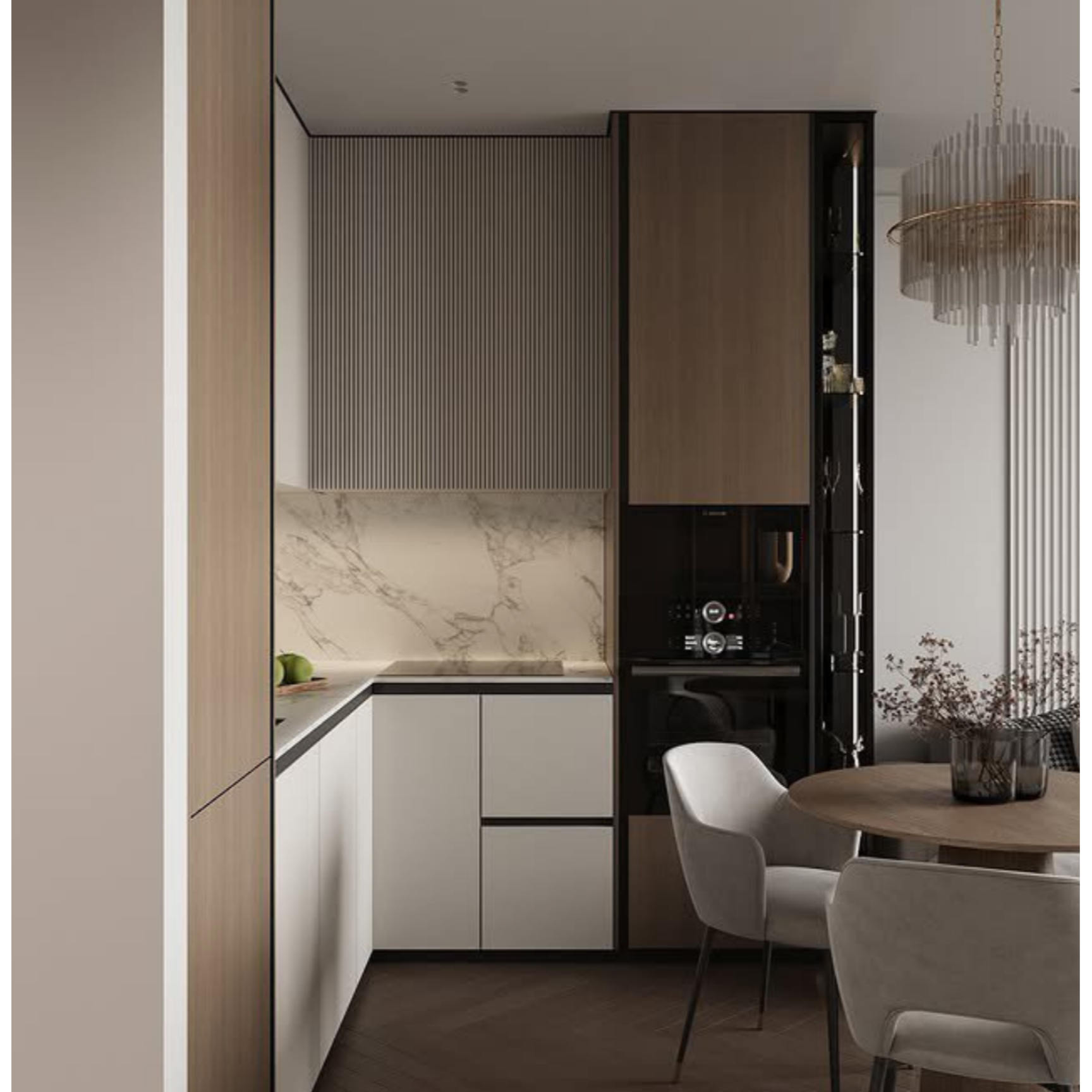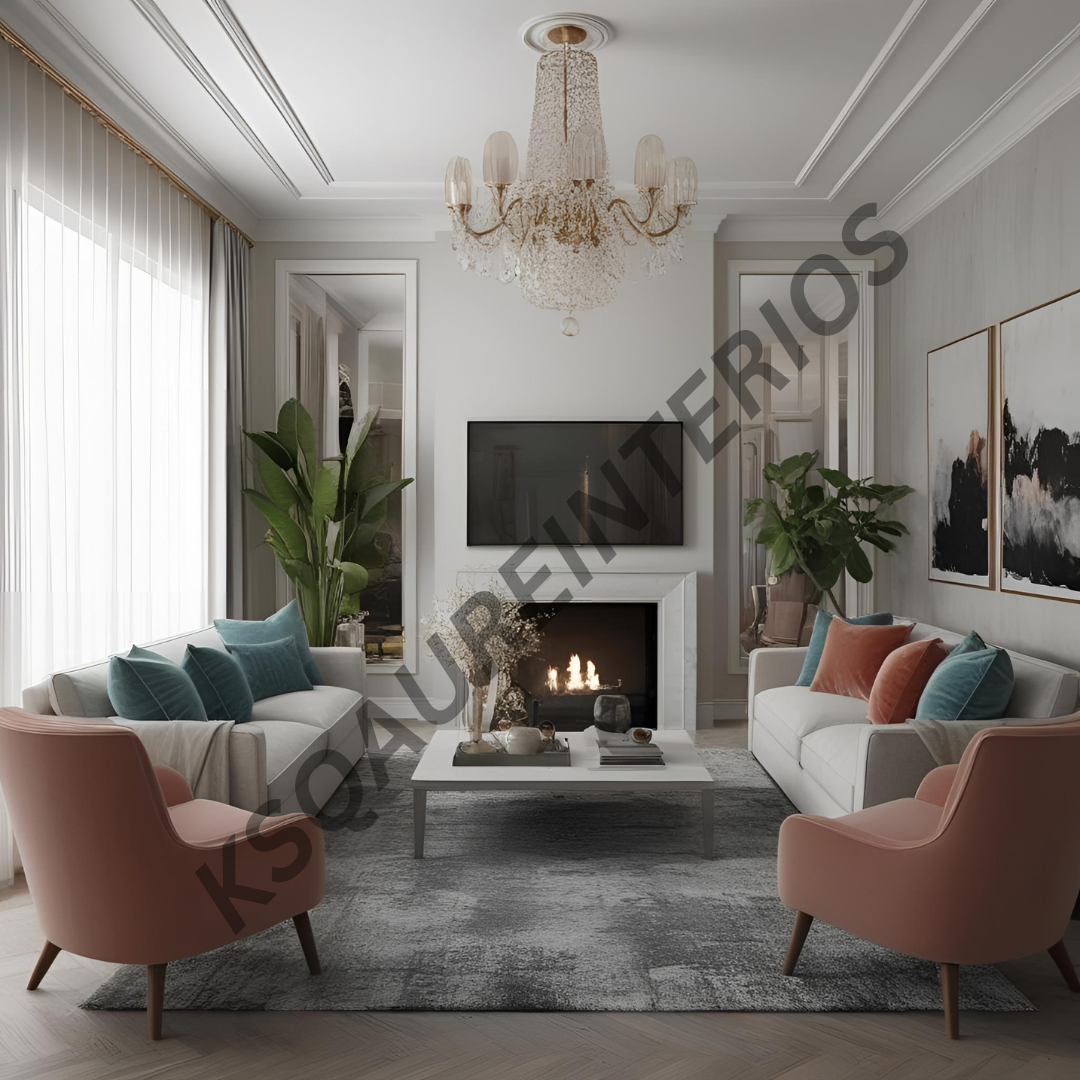
Interior Design for Restaurants: Creating a Mem...


Interior Design for Restaurants: Creating a Memorable Dining Experience The interior design of a restaurant plays a crucial role in shaping the overall dining experience. A well-designed restaurant not only attracts customers but also enhances comfort, ambiance, and brand identity. Whether you own a fine dining establishment, a casual café, or a trendy bistro, the right interior design can leave a lasting impression on guests. Key Elements of Restaurant Interior Design 1. Theme and Concept Development Every restaurant should have a unique theme that reflects its cuisine and brand personality. Popular themes include: Modern & Minimalist: Sleek lines, neutral colors, and clean designs. Vintage & Rustic: Exposed brick walls, wooden furniture, and warm lighting. Industrial: Metal accents, concrete finishes, and open ceilings. Luxury Fine Dining: Elegant chandeliers, plush seating, and sophisticated décor. 2. Functional Layout & Space Planning An efficient layout ensures smooth operations and a comfortable dining experience. Consider: Seating Arrangement: A balance between cozy and spacious seating. Pathways & Accessibility: Easy movement for guests and staff. Zoning: Separate areas for dining, bar, kitchen, and waiting lounge. 3. Lighting & Ambiance Lighting plays a vital role in setting the mood of a restaurant. Use: Ambient Lighting: Soft, warm lights for a welcoming atmosphere. Accent Lighting: Highlighting artwork, walls, or bar areas. Task Lighting: Focused lights for kitchen and service areas. 4. Color Psychology & Branding Colors influence customer perception and appetite. Choose colors wisely: Warm Tones (Red, Orange, Yellow): Stimulate appetite and energy. Cool Tones (Blue, Green, Gray): Create a relaxing and upscale feel. Neutral Shades (Beige, White, Black): Timeless elegance and sophistication. 5. Furniture & Décor Selection Selecting the right furniture enhances both aesthetics and comfort. Key aspects: Comfortable Seating: Ergonomic chairs and plush sofas. Tables & Layout: Durable materials with stylish finishes. Decorative Elements: Art pieces, planters, and wall accents. 6. Acoustic Design for Noise Control A noisy environment can ruin the dining experience. Solutions include: Acoustic Panels & Ceiling Treatments: Reduce echo and noise levels. Soft Furnishings: Carpets, curtains, and cushioned seating to absorb sound. 7. Sustainable & Eco-Friendly Interiors Modern restaurants focus on sustainability with: Recycled & Natural Materials: Bamboo, reclaimed wood, and stone. Energy-Efficient Lighting: LED fixtures for cost savings. Indoor Plants & Green Walls: Improve air quality and aesthetics. 8. Smart Technology Integration Enhance customer convenience with smart solutions: Digital Menus & Ordering Systems. Automated Lighting & Climate Control. Contactless Payment & Reservations. Conclusion An exceptional restaurant interior design seamlessly blends aesthetics, functionality, and comfort to create an inviting dining space. Whether designing a luxury fine-dining venue or a casual café, investing in expert interior design ensures customer satisfaction and business success. Looking to revamp or design a restaurant? Partner with professional interior designers to create a space that delights guests and enhances your brand!
Subscribe for latest offers & updates
We hate spam too.


